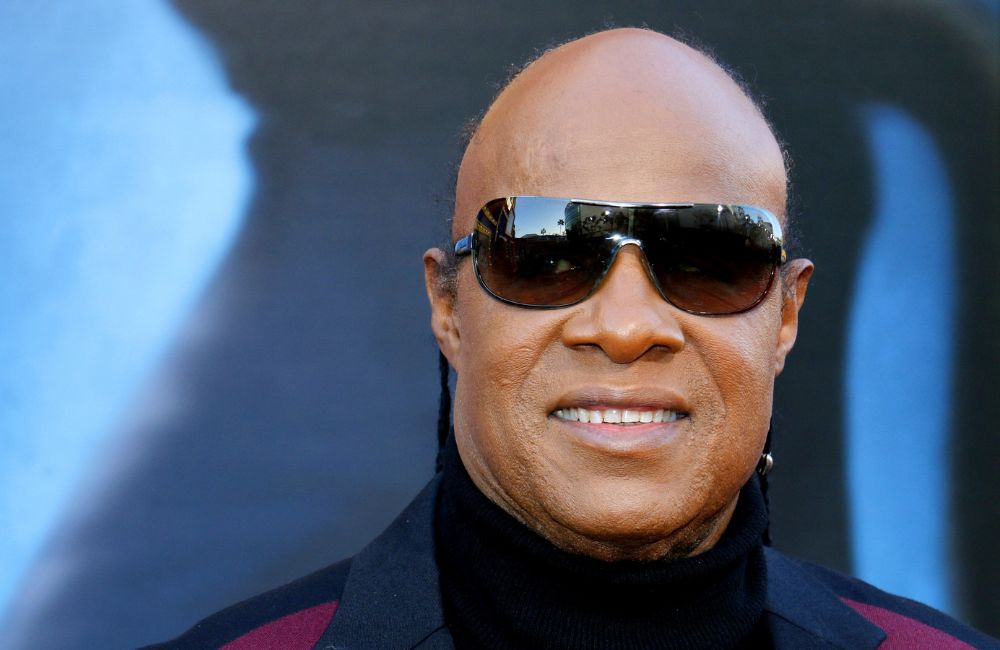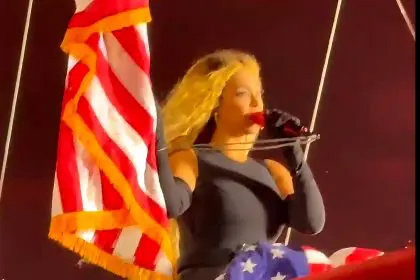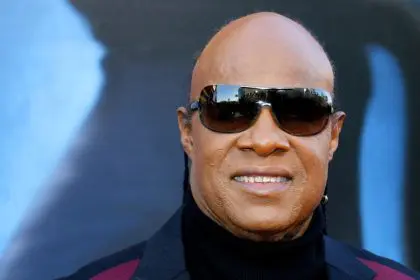As Stevie Wonder celebrates his 75th birthday today, music lovers worldwide reflect on the extraordinary impact this visionary artist has made throughout his career. From his emergence as a child prodigy in the 1960s to his evolution into one of music’s most innovative forces, Wonder’s seamless fusion of soul, funk, jazz, and pop has established a legacy that continues to influence generations of musicians across all genres.
Revolutionizing electronic sound through synthesizer mastery
Stevie Wonder fundamentally transformed popular music’s sonic landscape by bringing synthesizers from the experimental fringes to the mainstream in the early 1970s.
While electronic instruments had existed for years, Wonder approached them not as novelties but as expressive tools capable of deep emotional resonance. On groundbreaking albums like “Talking Book” (1972) and “Innervisions” (1973), he harnessed the capabilities of Moog and ARP synthesizers to create rich, innovative textures that had never before featured prominently in soul and R&B.
The warm, fluid synthesizer lines on songs like “Living for the City” demonstrated how electronic instruments could convey human emotion when placed in the right hands. Wonder’s programming expertise allowed him to coax remarkably organic sounds from these machines, challenging the perception that synthesizers produced cold or artificial music.
This pioneering work influenced countless artists across genres. From funk bands adopting similar electronic elements to early hip-hop producers sampling Wonder’s synthesizer passages, his innovations helped establish electronic sound as a fundamental component of modern music production.
Elevating album creation to cohesive artistic statements
During the 1970s, Stevie Wonder revolutionized the concept of the album as an art form, moving beyond collections of singles to create cohesive musical journeys with thematic depth and narrative coherence. His landmark double album “Songs in the Key of Life” (1976) represented the pinnacle of this approach, presenting a comprehensive musical statement spanning genre, mood, and subject matter. Wonder insisted on complete creative control, writing, arranging, producing, and performing most instrumental parts himself.
He structured his albums as interconnected works rather than disparate tracks, with recurring motifs and thematic continuity. His compositions featured sophisticated harmonic structures and complex arrangements that rewarded attentive, repeated listening. Wonder balanced commercial appeal with artistic ambition, proving that accessible music could also be intellectually and emotionally profound.
This comprehensive approach to album-making influenced countless artists to treat their recordings as complete artistic statements rather than vehicles for hit singles. From Marvin Gaye’s concept albums to modern works by artists like Beyoncé, Wonder’s legacy of album artistry continues to shape how musicians conceptualize their projects.
Breaking down musical boundaries through genre fusion
Stevie Wonder consistently defied categorization, creating a signature sound that transcended traditional genre boundaries while remaining distinctively his own.
His musical vocabulary drew from an extraordinarily diverse range of influences. “Superstition” brought funk rhythms and textures to mainstream audiences, while compositions like “Sir Duke” incorporated jazz harmonies and swing sensibilities. Songs like “Master Blaster (Jammin’)” embraced reggae influences, and his ballads often featured classical compositional elements.
This fluid approach to genre helped erode rigid musical boundaries, particularly in how record labels and radio stations categorized Black music. Wonder demonstrated that artists could move between styles without losing their artistic identity or commercial appeal, expanding opportunities for musicians who refused to be confined by genre expectations.
The ripple effects of Wonder’s genre-blending approach can be heard in the work of artists like Prince, who similarly moved between funk, rock, and R&B, and contemporary musicians like Anderson .Paak and Thundercat, who continue this tradition of stylistic versatility.
Advancing social consciousness through powerful messaging
Stevie Wonder established a new standard for socially conscious popular music, addressing complex social issues with both nuance and accessibility.
His compositions tackled racism, urban poverty, and systemic inequality with remarkable storytelling skill. “Living for the City” painted a vivid portrait of the challenges facing Black Americans migrating to urban centers, while “Village Ghetto Land” highlighted economic disparity with haunting clarity.
Wonder’s advocacy extended beyond his recorded work. His campaign for Martin Luther King Jr. Day, supported by the protest anthem “Happy Birthday,” demonstrated how artists could leverage their platform for concrete social change. The holiday was eventually established in 1983, due in significant part to Wonder’s persistent advocacy.
This commitment to meaningful messaging influenced subsequent generations of artists to incorporate social commentary into their work. From hip-hop’s focus on urban realities to contemporary pop stars addressing political issues, Wonder helped establish a template for combining commercial appeal with substantive social content.
Pioneering inclusivity and accessibility in music creation
As a blind artist who achieved unprecedented critical and commercial success, Stevie Wonder broke significant barriers in an industry not known for its inclusivity.
Wonder’s virtuosic mastery of multiple instruments, keyboards, drums, harmonica, and more, challenged assumptions about what differently abled artists could achieve. His hands-on approach to every aspect of music production, from composition to engineering, established new possibilities for artists with physical limitations.
Beyond his personal example, Wonder actively advocated for technological advancements that would make music creation more accessible. His interest in cutting-edge technology led him to explore and support the development of adaptive music equipment and software that could benefit visually impaired creators.
The impact of Wonder’s pioneering work in this area extends beyond music to broader conversations about disability, creativity, and inclusion. His success encouraged the industry to recognize talent regardless of physical limitations and invest in technologies that make music creation more accessible to all.
A transformative legacy that continues to evolve
The full scope of Stevie Wonder’s influence on music is immeasurable, extending from production techniques to songwriting approaches to the very business models of the industry.
His 25 Grammy Awards and over 100 million records sold reflect his commercial success, but numbers alone cannot capture the depth of his impact. Wonder’s innovations continue to reverberate through contemporary music, with elements of his approach evident in everything from modern R&B production to the album-release strategies of today’s biggest artists.
As new generations discover his work, Wonder’s vision of music as both universal entertainment and profound artistic expression remains as relevant as ever. His career demonstrates how an artist can maintain both commercial relevance and artistic integrity while pushing creative boundaries and advocating for positive social change.
In reimagining what popular music could be, sonically, structurally, and socially, Stevie Wonder didn’t just change the music industry, he expanded our collective understanding of what music itself can achieve.














